Fraunhofer Institute for Large Structures (IGP)
The application centre of the research factory under the direction of the IGP represents the link for the transfer of hydrogen technologies into practical application. Novel technologies are further developed here with regard to their practical applicability for the development of an innovative and sustainable hydrogen economy. One focus is on the economic optimisation of hydrogen-related technologies to ensure a successful transformation process.
The H2-VALUE chain of the Rostock region
With the development of a regional value chain from regeneratively produced, green hydrogen, actors from politics, business and science are working together towards the goal of a sustainable, competitive hydrogen economy. The potential offered by wind and solar energy is being implemented in a variety of projects in the sense of linking sectors.
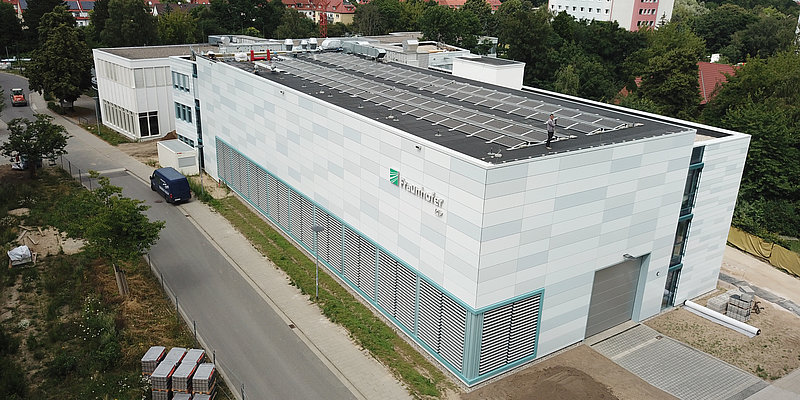
Hydrogen Application Centre
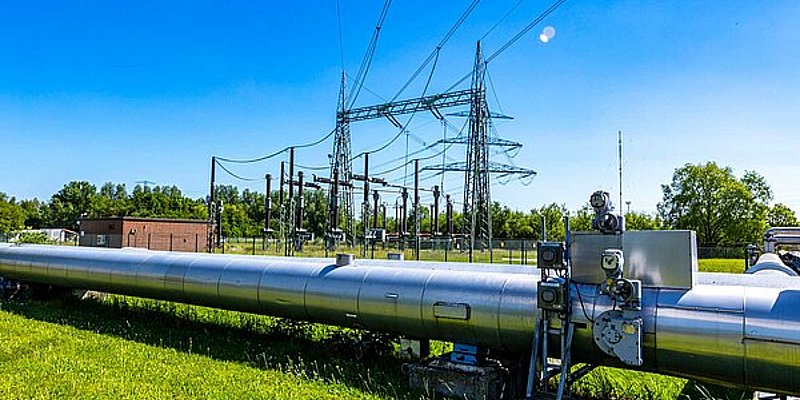
PtX Flex Research Centre
Leibniz Institute for Plasma Science and Technology (INP)
Under the leadership of the INP, methods and systems for methane plasmalysis are to be researched and tested. The aim of the research is the low-emission production of hydrogen and solid carbon, with minimal use of available renewable energies. As a sub-project of the Hydrogen Research Factory MV, it is a link between basic research and practice.
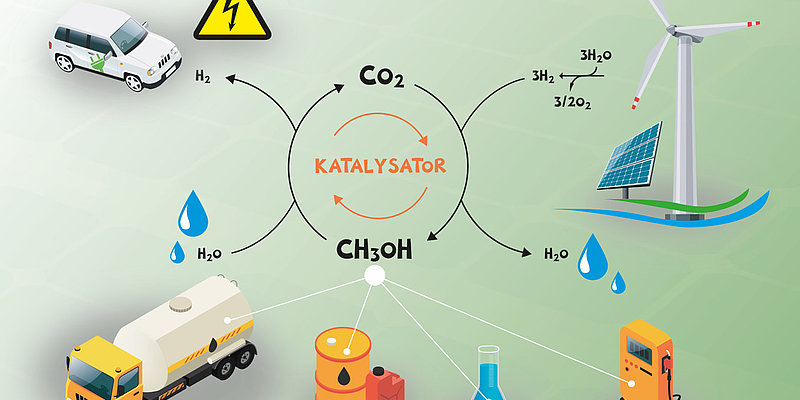
PtX- Transfer Technology Centre
Leibniz Institute for Catalysis (LIKAT)
The PtX Transfer Technology Centre located at LIKAT is a breeding ground for the Hydrogen Research Factory MV and thus represents the start of the development of technologies. Through expansions at the LIKAT technical centre, hydrogen from its own electrolysis plant is converted from carbon dioxide
![[Translate to English:] [Translate to English:]](/fileadmin/_processed_/1/1/csm_Campfire_Logo_hohe_Aufloesung_cfde848dc1.png)
CAMPFIRE Open Innovation Lab
The alliance was founded as part of the funding programme "WIR! - Change through Innovation in the Region" funding programme of the German Federal Ministry of Education and Research (BMBF). The aim is to research and develop new energy conversion and storage technologies for the decentralised production of green ammonia and its use in emission-free drives for shipping and the energy industry. The focus is also on technical solutions for ammonia import and distribution as well as transfer activities to industry and training of skilled workers.
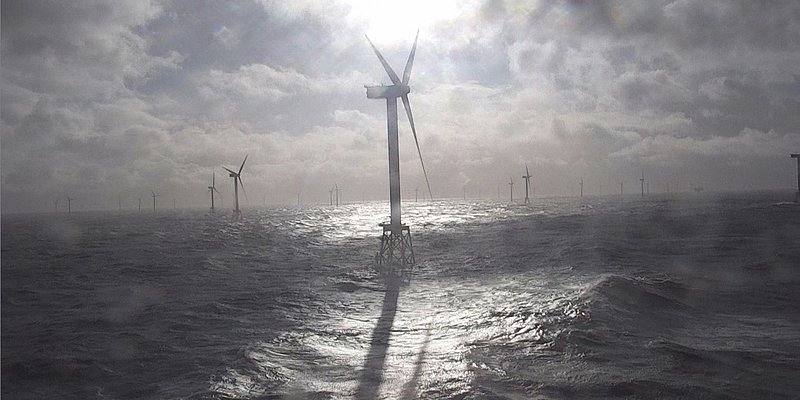
The German Offshore Wind Energy Foundation
A national offshore test field with up to 150 MW of generation capacity is to be built off the coast of Rostock-Warnemünde to research new technologies and innovations for a holistic energy transformation. With the shallow water depth and easily accessible port infrastructure provided by the Rostock seaport, the research-oriented wind farm has optimal site conditions and is scheduled to go into operation in 2025.
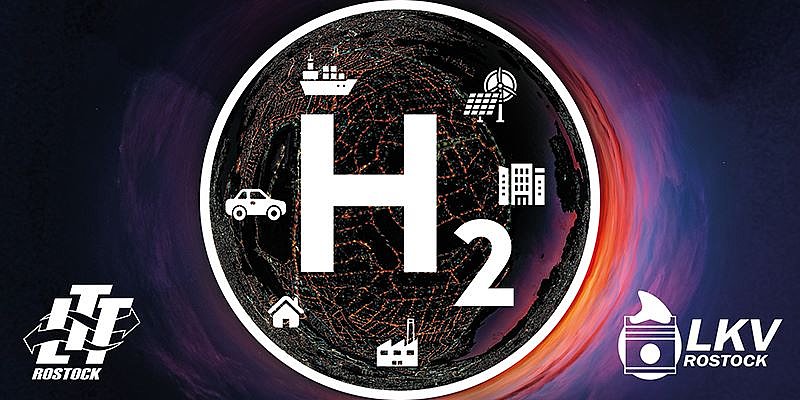
DEVELOPMENT OF MARITIME HYDROGEN TECHNOLOGIES
University of Rostock
Interdisciplinary research is being conducted at the University of Rostock on methods for the storage and use of hydrogen and its implementation in fuel cells. The focus of the holistic investigation of the process chain is on maritime application areas
Websites: Institute of Technical Thermodynamics and Institute of Piston Machines and Internal Combustion Engines
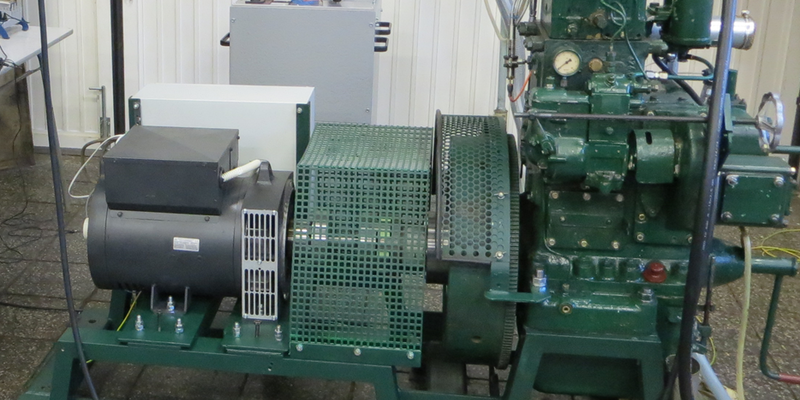
H2MARE-PROJECT TRANSFERWIND
Wismar University of Applied Sciences
The hydrogen flagship project H2Mare aims to exploit the potential of offshore turbines by using renewable electricity offshore to produce hydrogen and its secondary products. TransferWind aims to answer overarching issues concerning all H2Mare projects and combines the results of the other H2Mare projects. In addition, the project establishes a continuous exchange between science, industry, politics, and civil society. On this basis, measures can be drawn up to ensure the safe and secure construction and operation of future offshore facilities.
